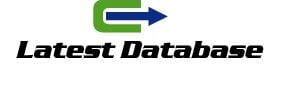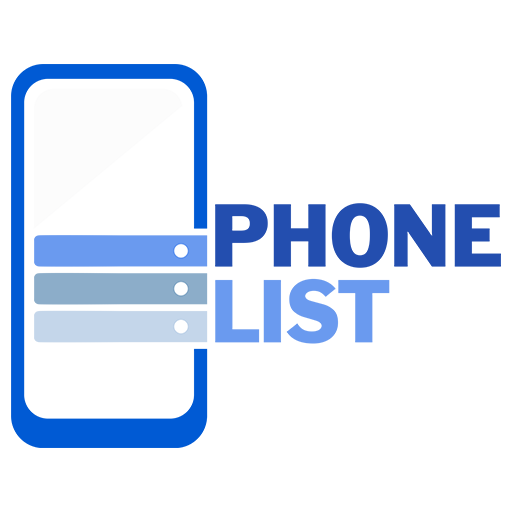Can car-sharing platforms leverage data and analytics to identify
Yes car-sharing platforms can leverage data and analytics to identify optimal locations for car-sharing stations in proximity to public transportation hubs. Here are some of the data and analytics that can be used: Historical data: Car-sharing platforms can collect historical data on car-sharing usage, such as the time of day, day of week, and location of pick-ups and drop-offs. This data can be to identify areas where there is high demand for car sharing. Traffic data: Car-sharing platforms can also collect traffic data, such as the number of cars on the road and the average speed of traffic. This data can be to identify areas where traffic congestion is a problem and. Where car sharing could be as a solution.
Public transportation data Car-sharing
Also collect data on public transportation, such as the location of public transportation hubs, the frequency of service, and the cost of fares. This data can be to identify areas where public transportation is and where car sharing could be as a supplement. Demographics data: Car-sharing platforms can also collect Timor Leste Email List demographic data, such as the age, income, and household size of residents in a particular area. This data can be to identify areas where there is a high demand for car sharing, such as areas with young professionals or families with children. By analyzing this data, car-sharing platforms can.
These locations should be in areas where there
Is high demand for car sharing. Where traffic congestion is a problem, where there is a high concentration of potential users. Here are some examples of how car-sharing platforms have used data and analytics to identify optimal locations for car-sharing stations: Zipcar: Zipcar uses a combination AERO Leads of historical data, traffic data, and public transportation data to identify optimal locations for car-sharing stations. For example, Zipcar found that there was a high professionals. They also found that traffic congestion was a problem in these areas.







